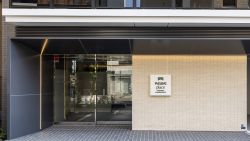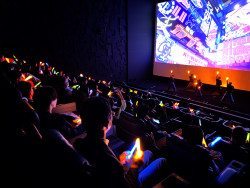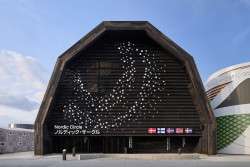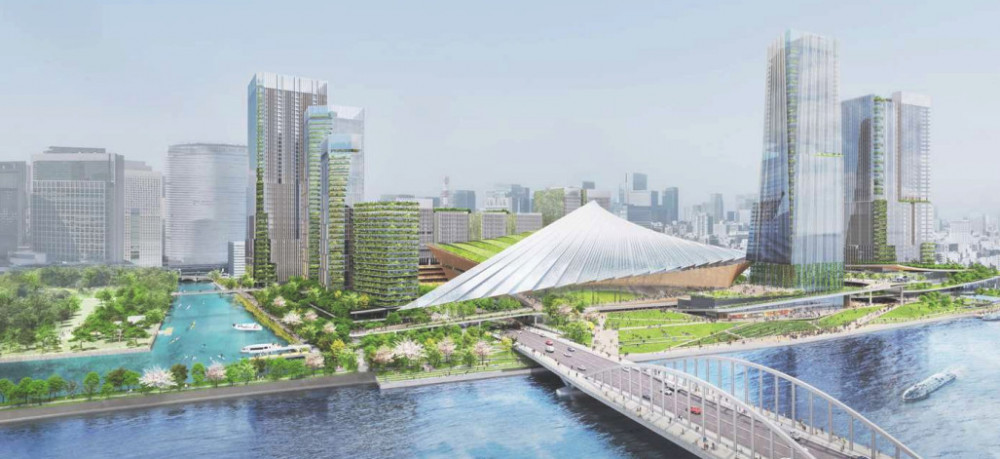
December 19, 2024
Ambitious Development Project Set to Transform Tsukiji, Tokyo
Plans include a 50,000-seat stadium, green spaces and cultural hubs to reshape Tsukiji’s future
For decades, Tsukiji was synonymous with the early-morning commotion of the world’s largest fish market. While the market’s move to Toyosu marked the end of an era, the district’s story is far from over. The Tokyo Metropolitan Government has unveiled development plans to transform Tsukiji into a vibrant hub of culture, nature and global connection.
At the heart of the redevelopment is a bold idea: to create “a hub with abundant water and greenery for creating and promoting new culture through diverse exchanges with people from around the world.” But what does that mean?
Picture a space where Tokyo’s rich history meets its innovative spirit. With a 50,000-person capacity stadium and a multifunctional tech-savvy convention center in the works, Tsukiji is set to attract conventions and visitors from all over the world.
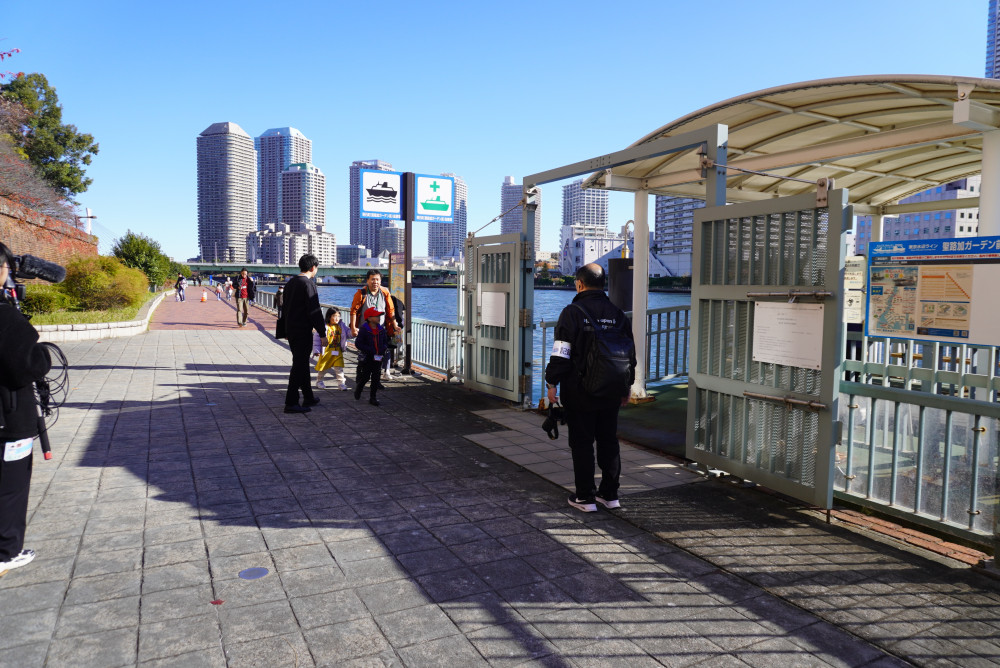
Surrounded by landmarks like Hama-rikyu Gardens and the Sumida River, this new district will weave its Edo-period roots with modern design. The nearby Tsukiji Outer Market will continue to draw foodies from all over the world, while the development will add spaces for dining, events and green areas that make the most of the surrounding water and scenery. Think walkable streets, tree-lined spaces and bayside promenades that invite locals and visitors alike to slow down and explore.
Tsukiji’s prime location in central Tokyo also makes it the perfect spot to connect the city center with the waterfront. The space will feature a dock for boats, a new subway station and a port for flying cars enabling transportation via water, land and air.
Sustainability Meets Creativity
The project’s big goal is sustainable urban growth—not just for Tokyo, but for Japan as a whole. The plan prioritizes sustainability, from energy-efficient construction to eco-conscious urban design. This aligns with Tokyo’s larger goals of building smarter, greener cities. Another key focus is to make room for diverse voices. Public and private sectors will work together to ensure the district evolves in a way that’s not only innovative but inclusive. By fostering collaboration and cultural dialogue, the area will become a breeding ground for new ideas and global connections.
What sets this project apart is how it embraces both sides of Tsukiji’s identity. Its historic charm will be celebrated through art installations and programming that reflect the district’s legacy. At the same time, modern infrastructure will bring it up to speed with Tokyo’s vision for a smarter, more sustainable city.
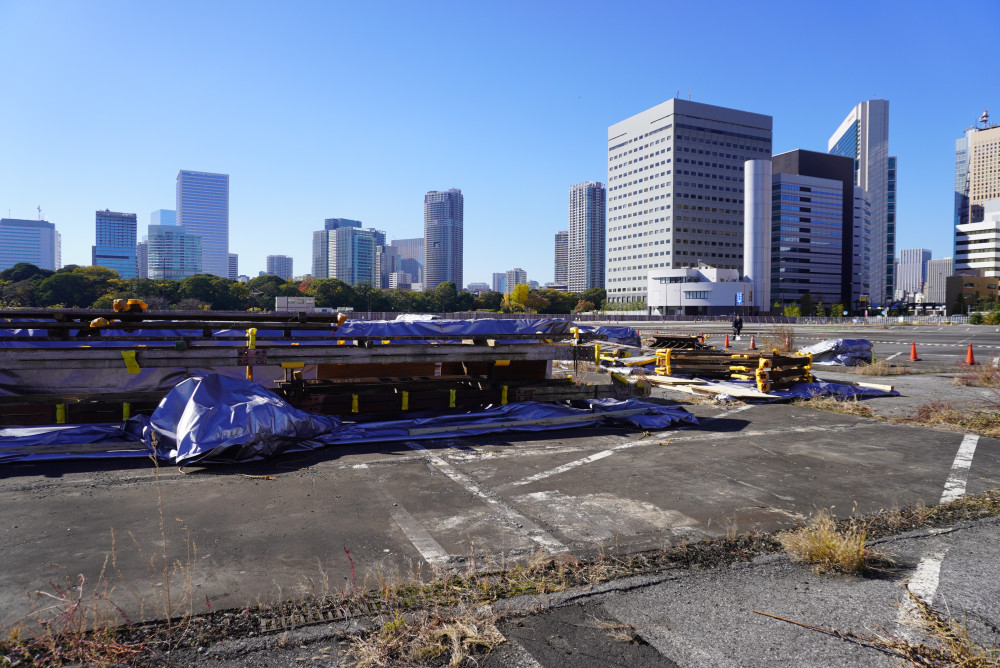

While the details are still being finalized, the Tsukiji redevelopment is expected to take shape over the next few years. Construction is expected to start in phases, with the goal of creating a district that can support everything from international events to everyday strolls by the water.
Construction begins in Tsukiji. Photos by Kreab.
Official Release: toshiseibi.metro.tokyo.lg.jp
Read more on Tokyo’s redevelopment plans: Ginza Sky Walk
